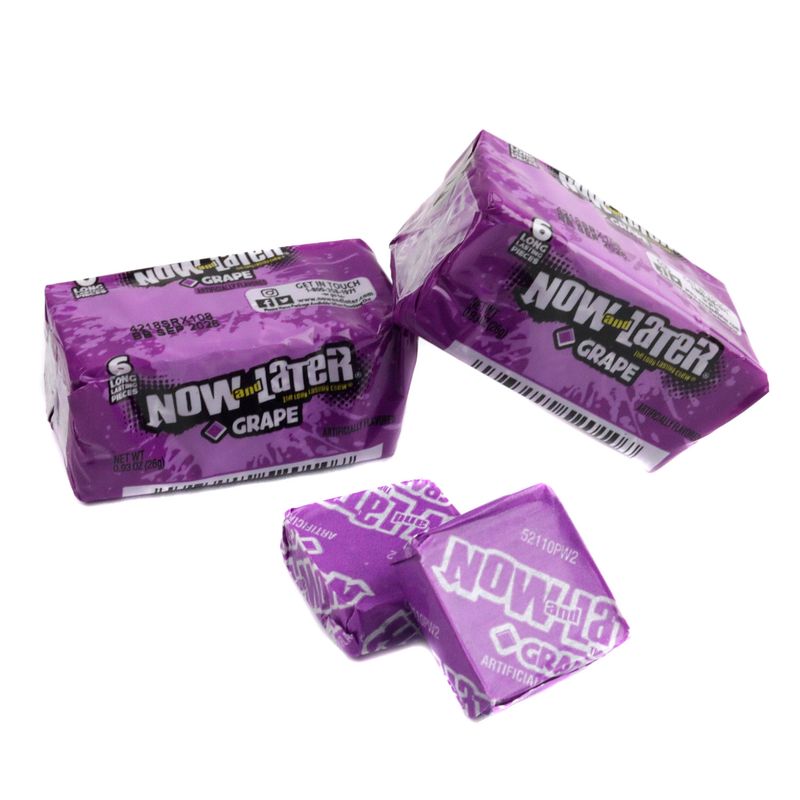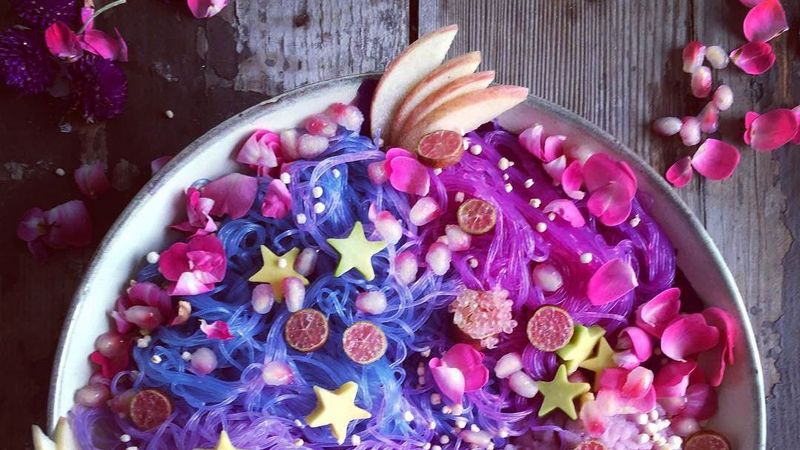In the complex tapestry of social norms, there are certain things we all quietly pretend to like, even though, deep down, we know they’re not as great as they seem. Whether it’s a product, a trend, or a social convention, we sometimes find ourselves nodding in agreement to things that secretly annoy or perplex us. This article delves into nine such things, each one a modest attempt to peel back the veneer of public opinion and reveal the truth beneath. From baffling fashion trends to confusing culinary fads, let’s explore these peculiar preferences.
1. Comic Sans Font

With its exaggerated curves and playful demeanor, Comic Sans has been the subject of much debate. Some say it adds a touch of whimsy, but for many, this font is more of an eyesore than a delight. Its history is bizarre: created in 1994 by Vincent Connare for an early Microsoft program, it was meant to mimic comic book lettering. Instead, it became the default font for everything from birthday party invitations to serious corporate documents. The irony of its use in inappropriate contexts is not lost on anyone.
2. Reality TV Shows

Reality TV, with its over-the-top drama and manufactured storylines, often leaves viewers questioning its authenticity. Yet, it continues to captivate audiences worldwide. The genre’s allure is not in its literal truth but in its ability to provide an escape from the mundane. Originally intended to bring ordinary people’s stories to the forefront, it has morphed into a spectacle of absurdity. Despite the obvious scripted elements, viewers cling to the guilty pleasure of watching lives unravel in front of the camera.
3. Pumpkin Spice Everything

Autumn arrives with the unmistakable aroma of pumpkin spice wafting through the air. From lattes to candles, this flavor dominates the season. But behind the cozy façade lies a concoction that many find cloyingly sweet and overpowering. What began as a Starbucks novelty has spiraled into an annual obsession with mixed reviews. While some revel in its spiced nostalgia, others cringe at its ubiquitous presence. The debate rages on as to whether pumpkin spice truly embodies the essence of fall.
4. Office Jargon

In the corporate world, office jargon often stands in for actual productivity. Terms like “synergy” and “outside-the-box thinking” are meant to inspire innovation but usually end up as hollow buzzwords. The language of the modern workplace is filled with phrases that sound impressive yet mean little. These verbal fillers create an illusion of efficiency, leaving many employees rolling their eyes behind closed doors. Despite the annoyance, jargon persists as a way to convey authority without substance.
5. Artificial Grape Flavor

The artificial grape flavor is one that confounds and divides. It bears little resemblance to actual grapes, yet it appears in products ranging from sodas to candies. The hyper-sweet taste is both nostalgic and perplexing, a reminder of childhood treats that often sparked more curiosity than delight. Invented to capture the essence of grapes, it instead created an entirely unique flavor profile. As adults, many of us consume it with a sense of irony, recognizing its distinct place in the pantheon of artificial flavors.
6. Holiday Family Newsletters

Holiday newsletters, filled with family achievements and anecdotes, often come across as insincere. While some find them a charming way to stay connected, others view them as boastful or pretentious. This tradition, which dates back decades, was meant to share personal milestones. However, it can feel more like a competitive sport, where families vie for the most impressive updates. The art of crafting these letters combines creativity with the pressure to appear perfect. Despite mixed feelings, they endure as a seasonal ritual.
7. Multi-Level Marketing Schemes

Multi-level marketing (MLM) schemes promise financial freedom through persistence and a touch of charisma. They’re often sold as the ultimate entrepreneurial venture but can lead to financial strain and damaged relationships. These schemes involve selling products directly to consumers while recruiting others to join the sales force. Though some find success, many discover that the dream is elusive. The line between opportunity and exploitation is thin, making MLMs a topic of debate among hopeful participants and skeptics alike.
8. Unicorn Food Trend

Unicorn food is a feast for the eyes, boasting vibrant colors and sparkly embellishments. Originating as an Instagram sensation, this trend celebrates whimsy and fantasy. However, beneath the glitter, these concoctions often offer little in terms of taste. For many, the appeal lies in the aesthetic rather than culinary delight. Despite their lack of substance, unicorn foods continue to enchant those seeking visual pleasure. The trend speaks to our desire for escape and playfulness, even if the flavor leaves something to be desired.
9. Clickbait Articles

Clickbait articles entice with catchy titles designed to snag attention. They often promise revelations or secrets but deliver little substance. While frustrating, their success lies in our innate curiosity. These articles exploit the desire for quick knowledge in an increasingly fast-paced world. The technique is not new; sensationalism has always been a part of media. However, the digital age has amplified its reach and impact. Readers are left navigating a sea of hyperbole, searching for the few grains of truth among the chaff.

Well, hello there!
My name is Jennifer. Besides being an orthodontist, I am a mother to 3 playful boys. In this motherhood journey, I can say I will never know everything. That’s why I always strive to read a lot, and that’s why I started writing about all the smithereens I came across so that you can have everything in one place! Enjoy and stay positive; you’ve got this!

